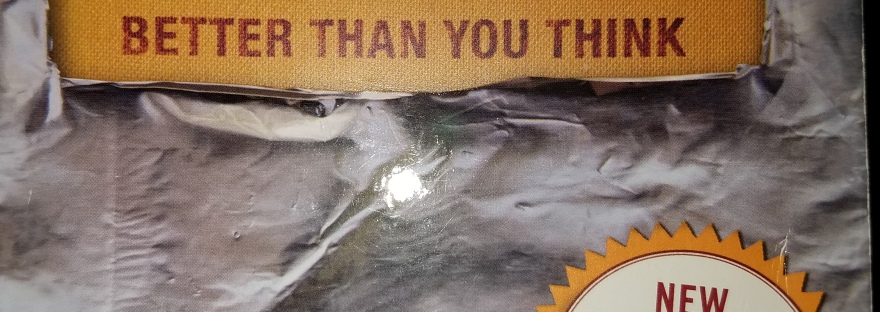My mother is reading this book called “Abundance – The Future is Better Than You Think” by Peter H. Diamandis and Steven Kotler. She marked a chapter titled “Education” starting on page 174 and told me I would be interested in this. I am. If you’re interested in education, not just teaching, I think you would be too. In the next few posts, I am going to summarize the sections in this chapter so I can remember them and hopefully you will likewise find it interesting and provide your own insight on each section.
“Another Brick in the Wall” (179-182) talks about how schools were set up in during the industrial revolution and are set up like assembly lines where a bell sends a group of students from one class to another to all be taught the same subjects at the same age. For 150 years the way schools run has not changed and Sir Ken Robinson has been a voice calling for reform, saying that schools squash creativity and hold back potential.
A big issue the book points out is that no one can agree on what comprises success, so we don’t have an agreed upon set of goals for schools to accomplish. This leads to students going to college without being able to apply their knowledge (if they even retained it), interpret complex readings, think analytically, perform research, or write clearly. The book states that “50% of all students entering college do not graduate,” (181) and those that do graduate are not really ready for the workforce. I know I wasn’t ready to be an engineer after engineering school. I had a steep learning curve in the office after school and I feel like I didn’t even apply a lot of what I learned. Much of the stuff I did apply, I had to re-learn or refresh my memory.
I read a post a while back by an american teacher who taught in another country (Finland, maybe) and high school was at least set up with specific goals in mind. Students could choose between three different high school programs based on what they planned to do after school: go into the workforce, go to a trade school, or go to college. Each program was catered to prepare the students for where they planned to go after college. Students also had more options in classes to cater to what kind of trade school they would go to or what they planned to major in in college. I love this idea. It offers a clear purpose with specific goals for the school to accomplish with the students. And the students get to feel like what they are learning is applicable to their own lives. They also only go to school from around 9:30 to 2:30 so they are just taking advantage of the peak performance hours for teens and not burning out the students or the teachers, but that’s a rant for another time. (I so wish we did that here for our poor kids.)
Back to the book. This section goes on to mention that memorizing facts isn’t a needed skill in a world with Google, “but creativity, collaboration, critical thinking, and problem solving” are the major skills needed to succeed in today’s workforce. They also still need the three R’s and corporate executives say they want people that “ask the right question,” (181).
Schools need to change, but how is the question. They need to more entertaining than TV and video games and learning needs to be addictive. I have no idea how we achieve that, but I can at least try to incorporate those bold skills into my chemistry lessons so they are learning the material and the skills they need to be successful. What ideas do you have for incorporating teaching creativity, collaboration, critical thinking, and problem solving in a chemistry or algebra class? How do you teach those things in your classes? As a parent, what skills do you want to see your child gain in school? As an employer, what skills do you see are lacking that need more support?





